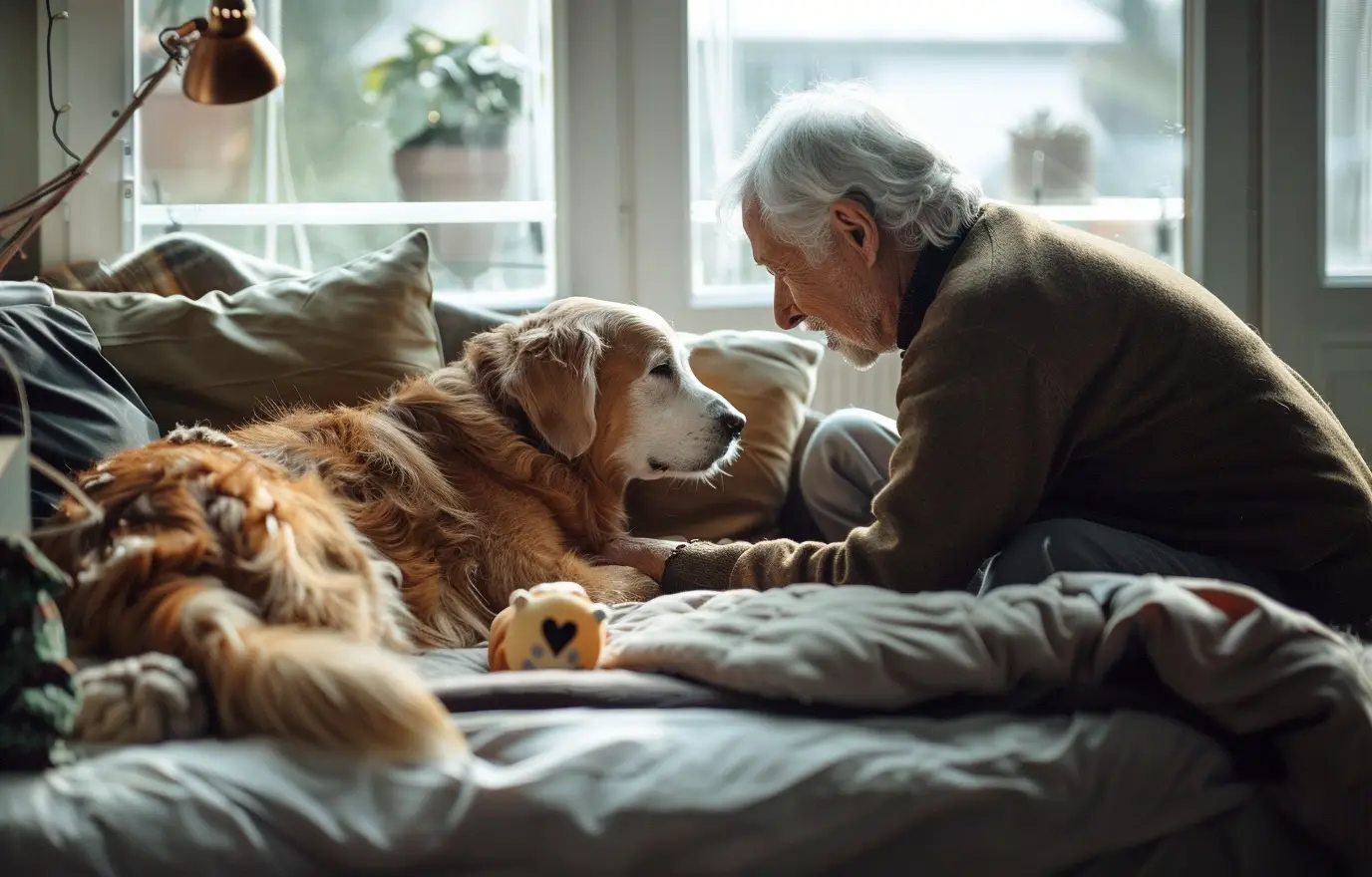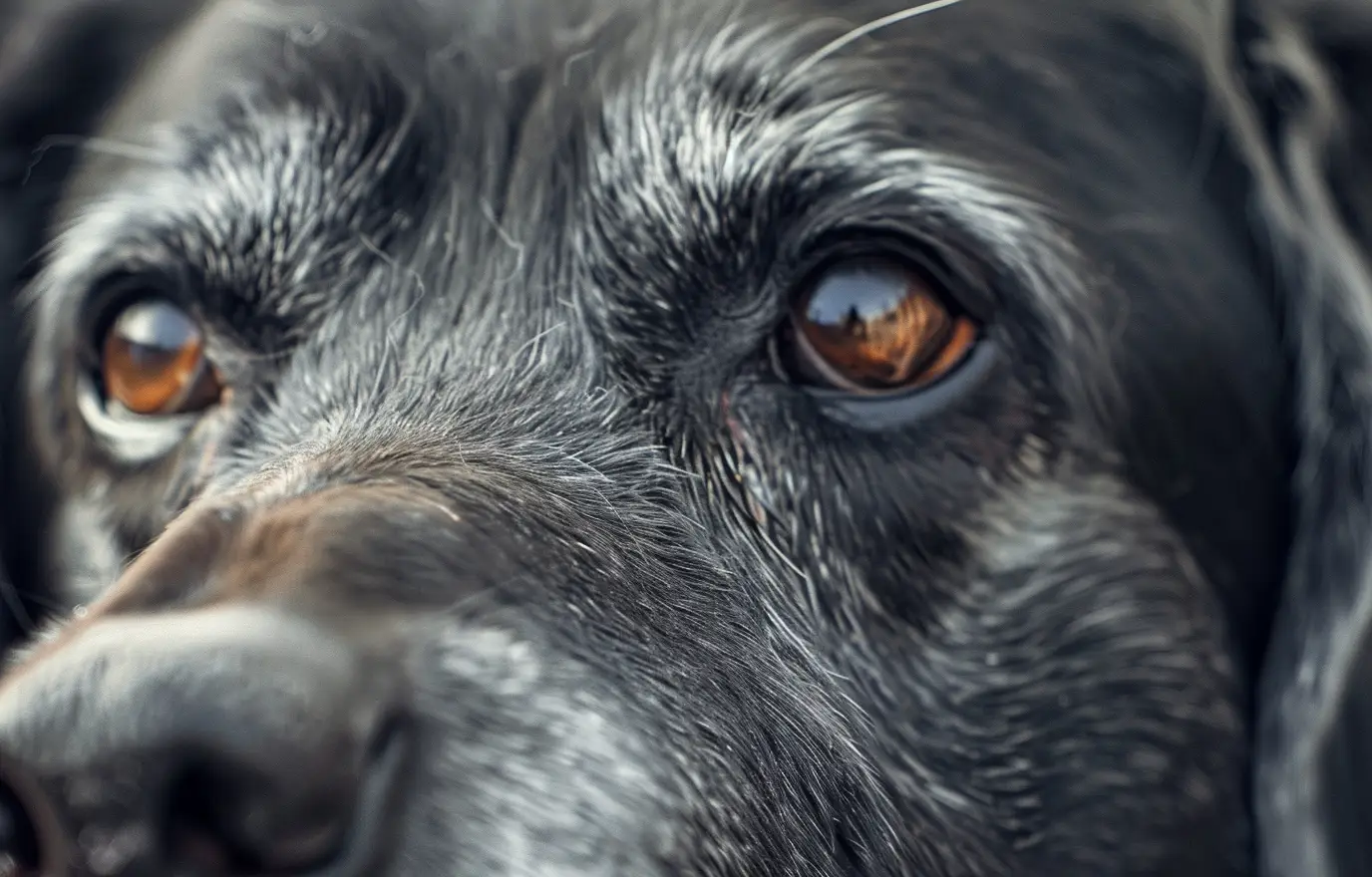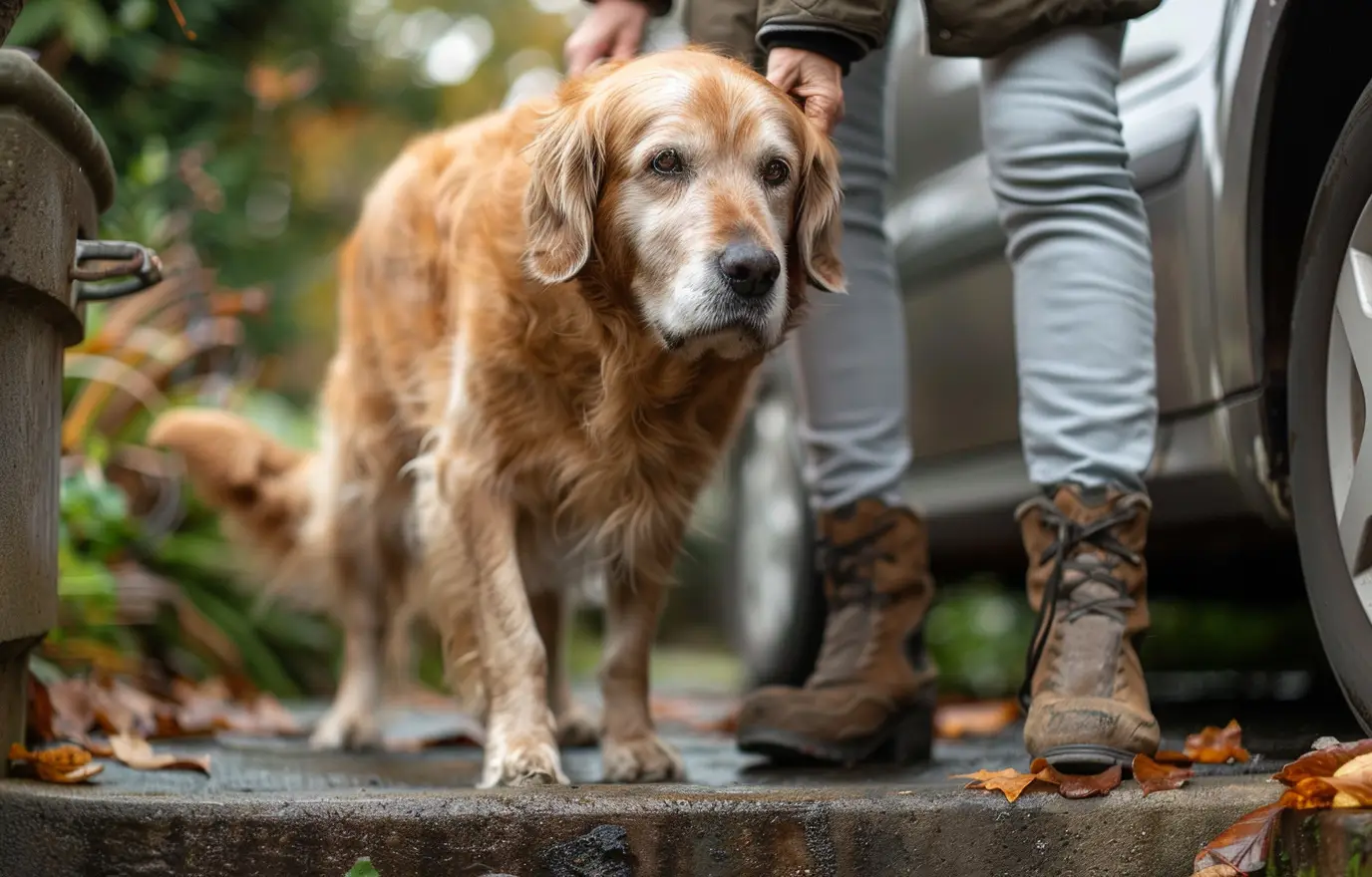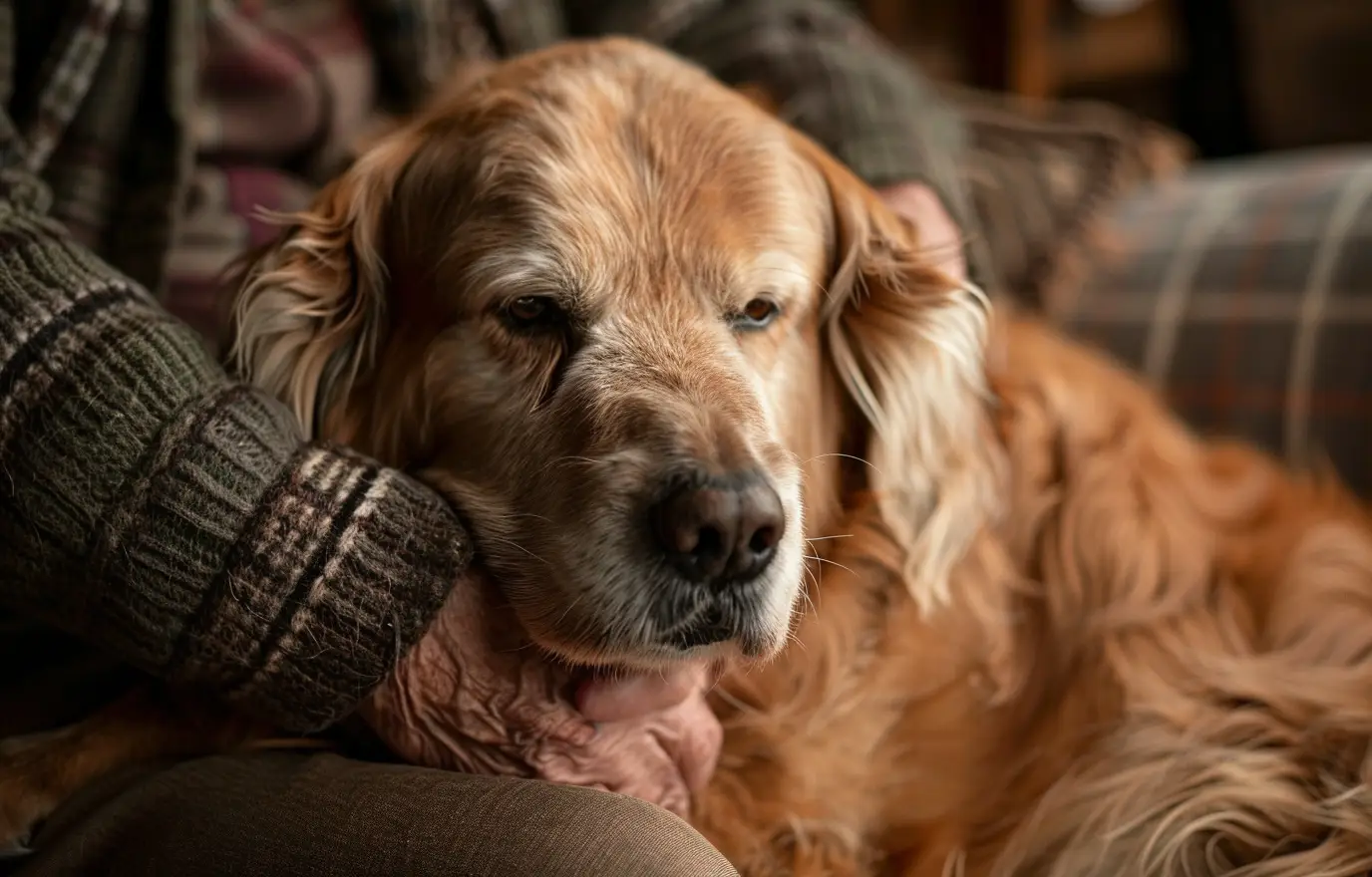9 Tell-Tale Signs Your Dog’s Getting Old

Ah, the joys of owning a dog. From their puppy eyes to their wagging tails, they’ve been our constant companions through thick and thin. But just like us, our furry friends age over time. That playful puppy who once bounded around the yard is now settling into a slower pace. It’s only natural for our dogs to change as they grow older, and while it can be a bittersweet experience, understanding and preparing for these changes can help make their golden years comfortable and fulfilling.
Whether your dog is a senior at 6 or 10, recognizing the signs of aging and understanding how to manage them is crucial. So, let’s dive into the physical and mental changes that come with age and what you might expect as your beloved companion grows older.

Physical Signs of Aging in Dogs
Cloudy Eyes or Vision Problems
As dogs age, their eyes may become cloudy, which can be a normal part of the aging process. However, it can also be a sign of conditions like cataracts. If your dog starts having trouble finding their favorite toys or bumps into things, it’s a good idea to have their vision checked by a vet.
Bad Breath (Worse Than Usual!)
Bad breath is never pleasant, but if it suddenly worsens in your senior dog, it could indicate issues like gum disease or tooth decay. Regular dental cleanings and vet check-ups are essential to prevent and treat such problems.

Slowing Down or Mobility Issues
You may notice that your older dog has trouble with stairs, jumping into the car, or getting up after naps. These mobility issues can be due to arthritis or other joint problems. Adjusting their exercise routine and considering low-impact activities like swimming can help them stay active without overexerting themselves.
Lumps and Bumps
As dogs age, they can develop lumps under their skin, which are often harmless fatty deposits. However, any new lumps should be examined by a vet to rule out potential malignancies.

Weight Changes
Older dogs might gain weight due to reduced activity or lose weight due to health issues. Monitoring their weight and adjusting their diet and exercise can help maintain a healthy balance. Significant weight loss warrants a vet visit to check for underlying issues.
Incontinence or Difficulty Urinating/Defecating
Accidents in the house or difficulty with bathroom routines can be common in older dogs. While incontinence can be a normal part of aging, it’s important to rule out infections or other conditions with your vet.

Behavioral and Mental Signs of Aging
Increased Sleep and Fatigue
It’s normal for senior dogs to sleep more. If your once energetic dog now prefers lounging all day, it’s simply a sign of their aging process.
Grumpiness or Irritability
A sudden change in temperament, such as increased grumpiness, might indicate physical discomfort or pain. It’s important to monitor these changes and consult with your vet if needed.

Canine Cognitive Dysfunction Syndrome (CCDS)
CCDS, akin to Alzheimer’s in humans, affects many older dogs. Symptoms include confusion, increased anxiety, and changes in sleep patterns. While there’s no cure, treatments can help manage symptoms and improve quality of life.
Signs of CCDS include:
- Fear of familiar objects or people
- Changes in sleep-wake cycles (e.g., restlessness at night)
- Increased barking or vocalization
- Forgetting commands or house-training
- Compulsive behaviors (like pacing)
- Anxiety and confusion
